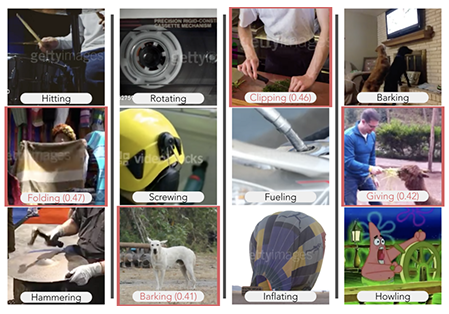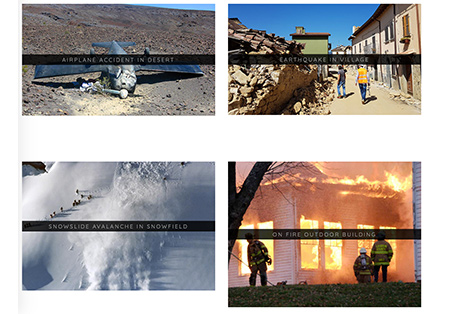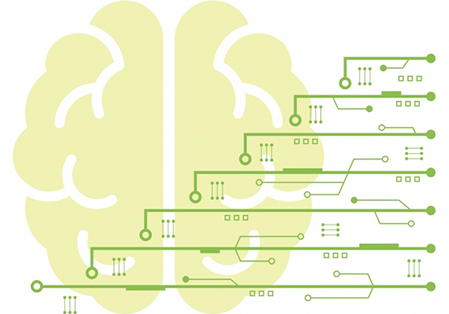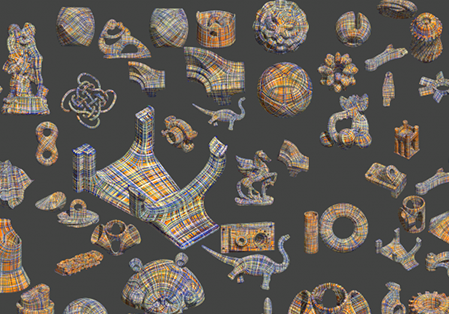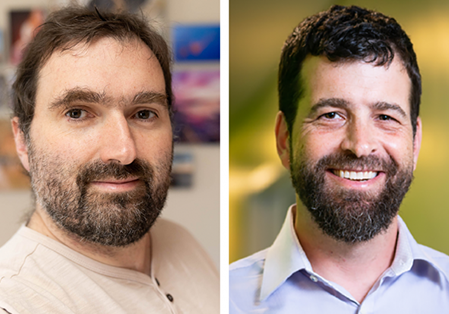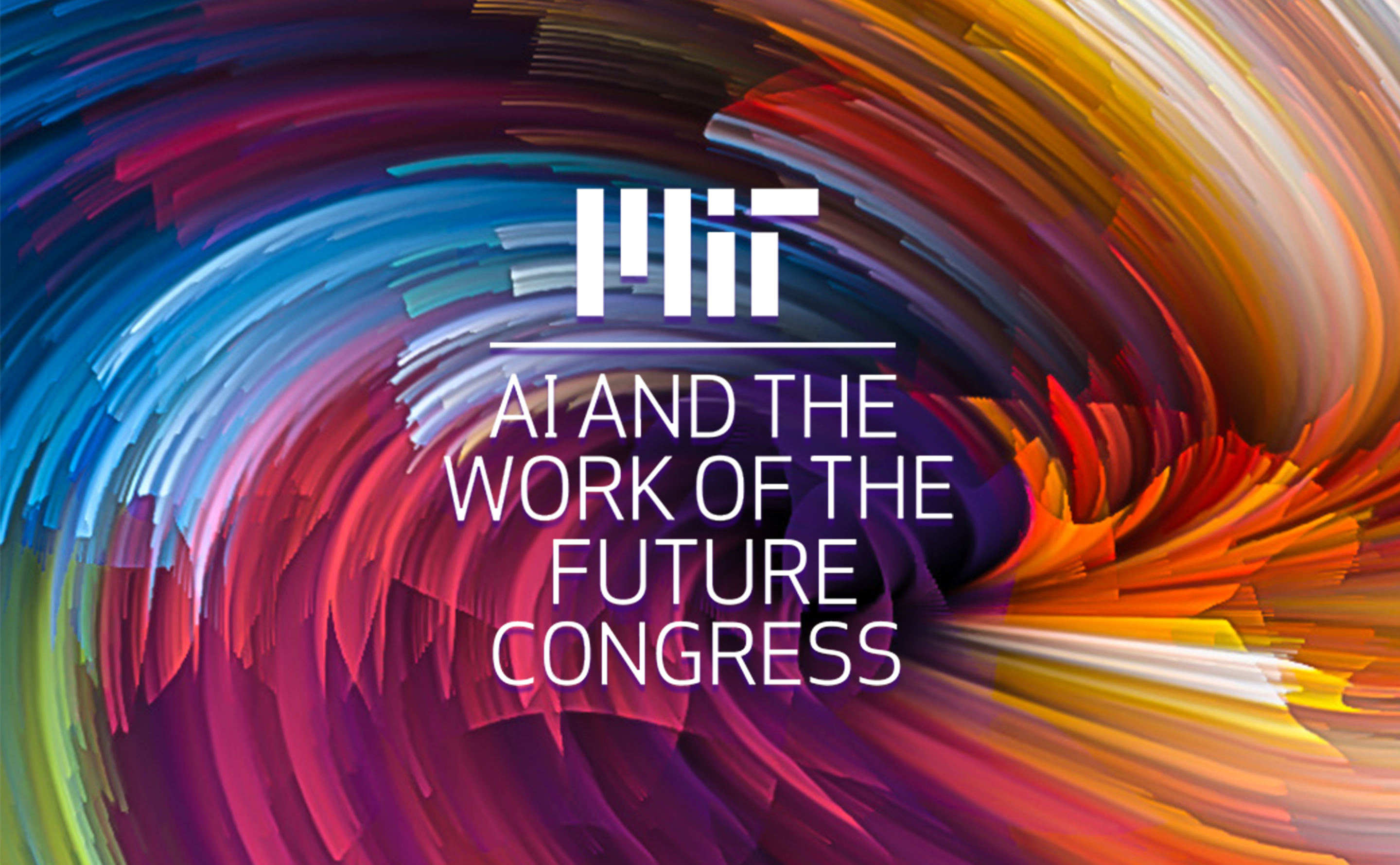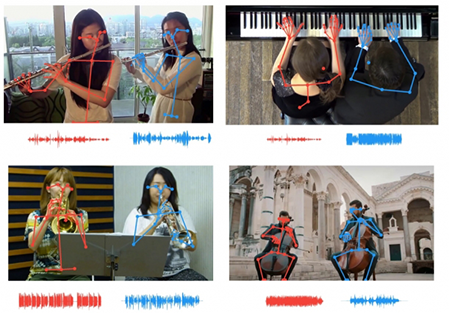Category
Graphic & Vision
Language
Python
This repository contains the demo code for the CVPR'17 paper Network Dissection: Quantifying Interpretability of Deep Visual Representations. You can use this code with naive Caffe, with matcaffe and pycaffe compiled. We also provide a PyTorch wrapper to apply NetDissect to probe networks in PyTorch format.
MIT License
Last Updated

